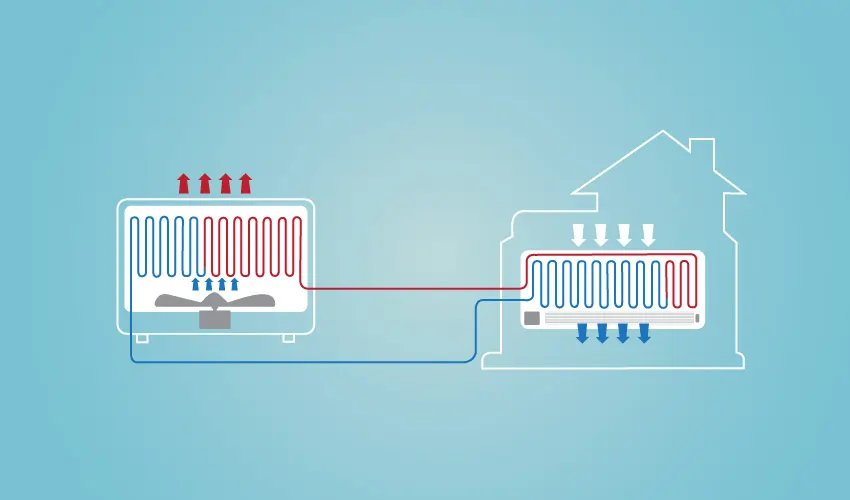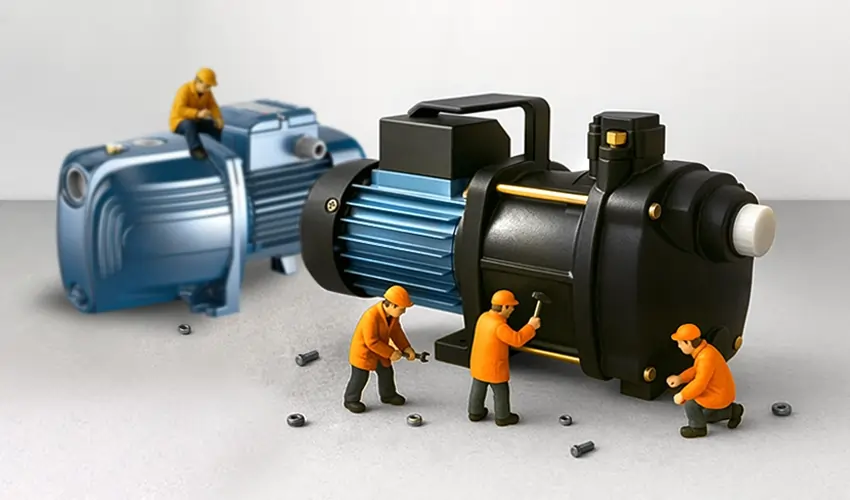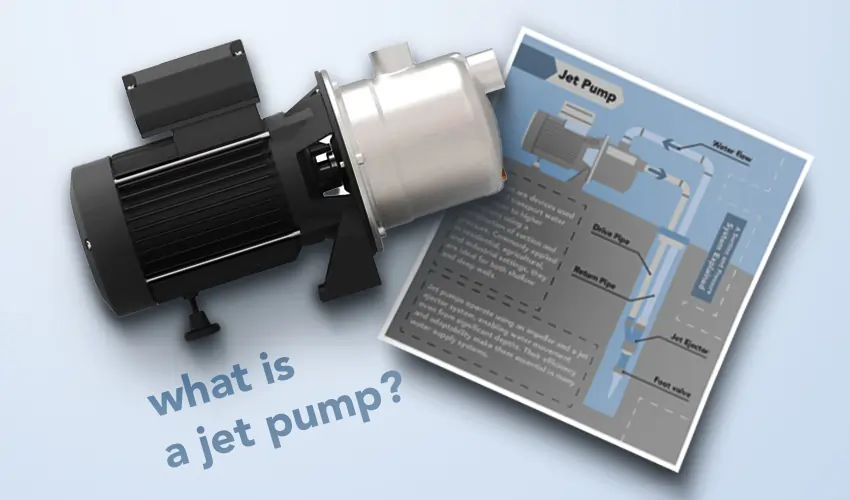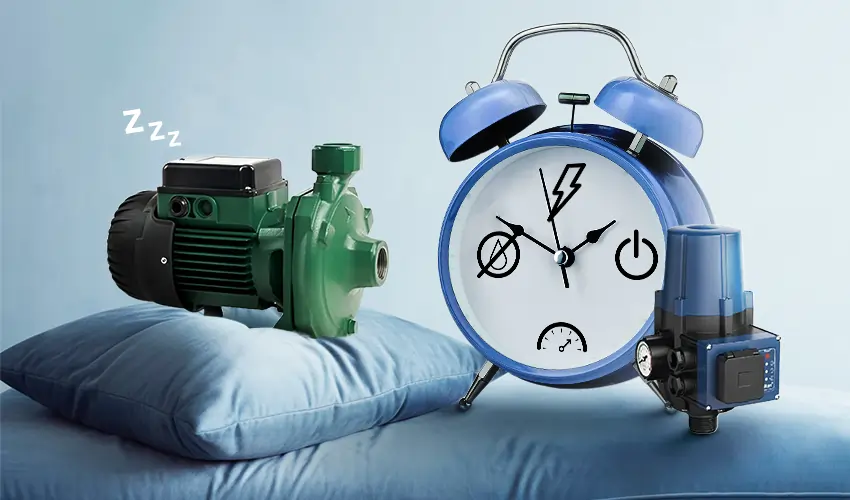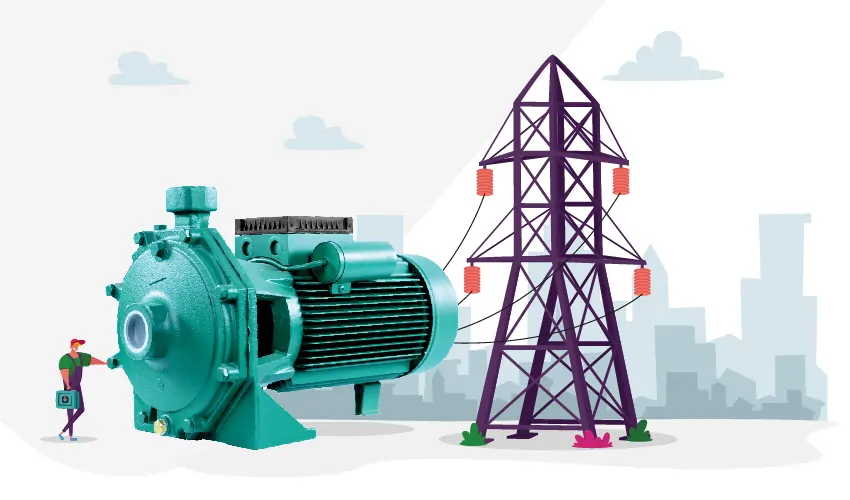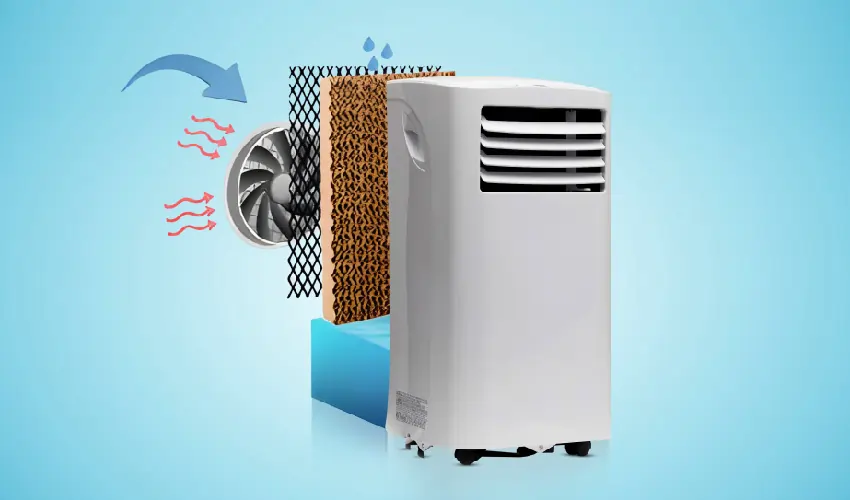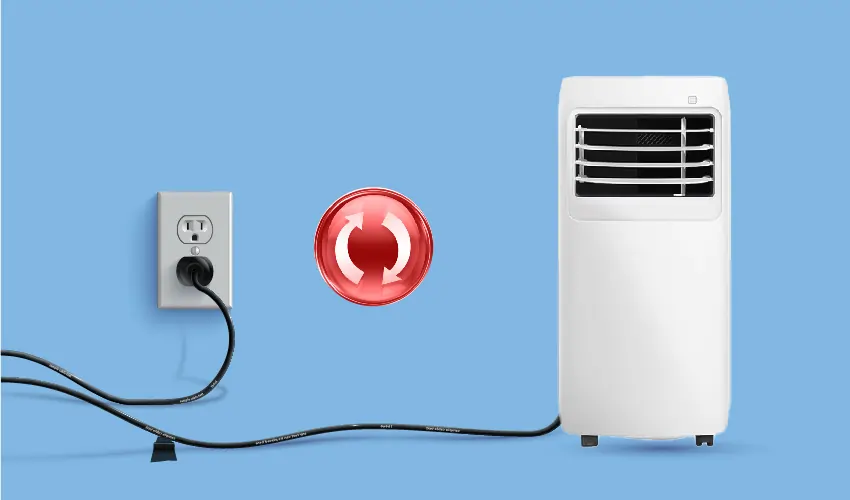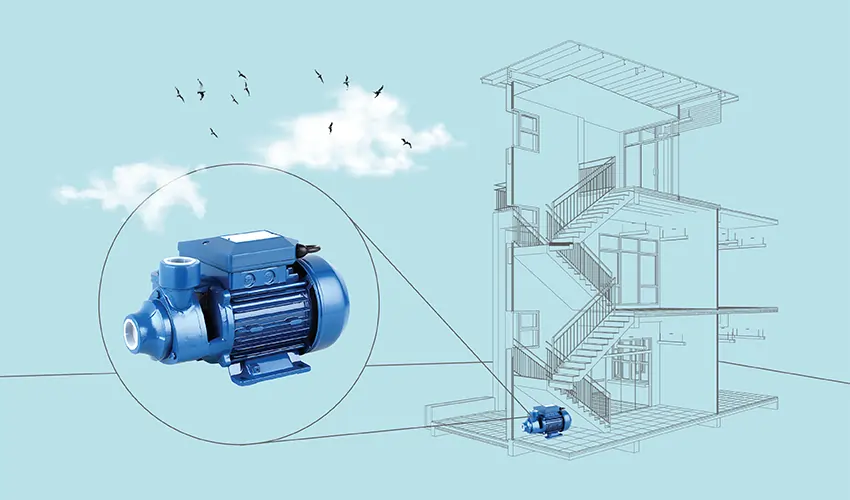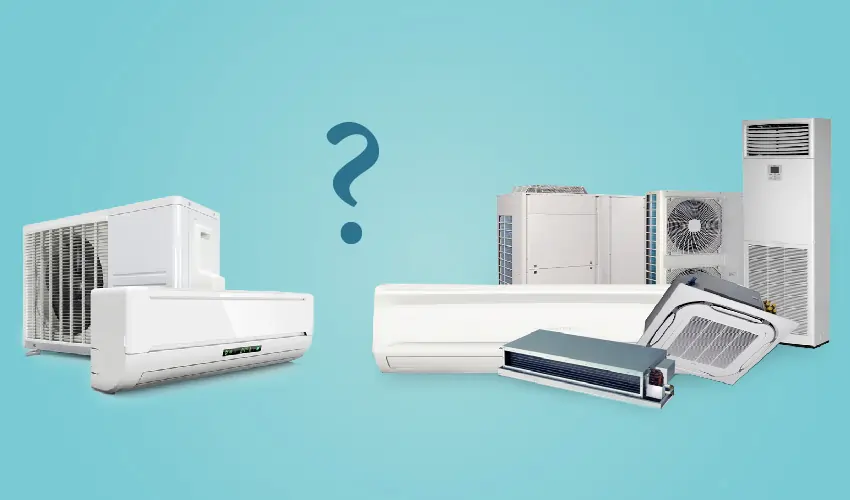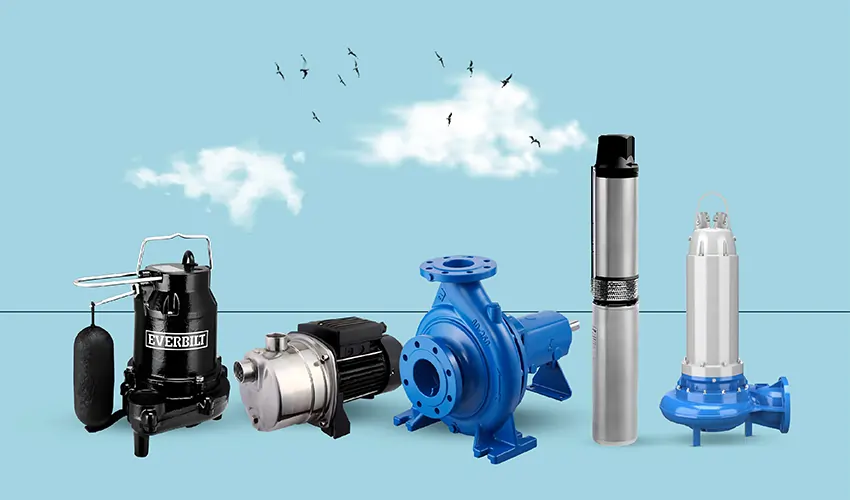How Does a Split Air Conditioner Work?
In this brief overview we discuss about how split air conditioner works and split unit working principle.
What is a Split Air Conditioner?
In the article what is a split air contioner, we described all about it. But if want to give a brief introdcution of this type of AC, we can say that a split air conditioner, often referred to as a ductless mini-split air conditioner, is a type of cooling system commonly used in residential and commercial settings. It consists of two main components: an outdoor compressor unit and an indoor air-handling unit (or multiple units) connected by refrigerant lines and electrical wiring.
How Split Air Conditioners Work?
Here’s a step-by-step explanation of how they operate:
- Refrigerant Compression: The process begins with the outdoor unit, which contains a compressor. The compressor pressurizes the refrigerant, typically a gas like Freon or Puron, raising its temperature in the process. This high-pressure, high-temperature refrigerant gas then flows through the refrigerant lines towards the indoor unit.
- Heat Exchange – Outdoor Unit: As the refrigerant flows into the outdoor unit’s condenser coil, it releases heat to the surrounding outdoor air. The condenser coil is designed to facilitate heat transfer, allowing the refrigerant to condense into a high-pressure liquid state.
- Refrigerant Flow: The now-liquid refrigerant travels through the refrigerant lines into the indoor unit.
- Evaporation – Indoor Unit: Inside the building, the indoor unit contains an evaporator coil. The high-pressure liquid refrigerant enters the evaporator coil, where it undergoes a pressure drop and evaporates into a gas. This process absorbs heat from the indoor air, cooling it down.
- Air Circulation: A fan inside the indoor unit blows indoor air over the cold evaporator coil, cooling the air. The cooled air is then distributed into the indoor space, lowering the overall temperature.
- Condensate Removal: As the indoor air passes over the cold evaporator coil, moisture in the air condenses on the coil surface, forming water droplets. These water droplets drip into a drain pan beneath the coil. A drain line carries the condensed water out of the indoor unit and away from the building, preventing indoor humidity levels from becoming too high.
- Refrigerant Return: The now-warmed refrigerant gas exits the indoor unit and travels back to the outdoor unit through the refrigerant lines, where the cycle begins again.
Where does split AC take air from?
Split air conditioners do not take air from outside the building; instead, they recirculate and cool the air already inside. Here’s how it works:
- Indoor Unit Intake: The indoor unit of a split ac draws in air from the room it is installed in through a grille or vent typically located on the unit’s front panel. This air is then circulated over the unit’s evaporator coil.
- Evaporator Coil: Inside the indoor unit, the air passes over the cold evaporator coil. As the warm indoor air comes into contact with the cold coil, heat is absorbed from the air, cooling it down.
- Cool Air Distribution: After passing over the evaporator coil, the now-cooled air is blown back into the room by the indoor unit’s fan. This cooled air helps lower the indoor temperature and provides comfort to the occupants.
- Circulation and Cooling: The indoor unit continuously circulates and cools the indoor air, maintaining the desired temperature set by the user.
- Condensate Drainage: As the indoor air passes over the cold evaporator coil, moisture in the air condenses on the coil’s surface, forming water droplets. These droplets are collected in a drain pan beneath the coil and then drained away from the indoor unit through a drain line, preventing excess moisture buildup in the room.
Do split ACs heat and cool?
Yes, split air conditioners can both heat and cool indoor spaces. These units are often referred to as “heat pumps” because they can reverse the refrigeration cycle to provide heating in addition to cooling. Here’s how it works:
- 1. Cooling Mode: In cooling mode, the split air conditioner operates as described earlier, where it absorbs heat from the indoor air and releases it outdoors, effectively cooling the indoor space.
- Heating Mode: When switched to heating mode, the system reverses the flow of refrigerant. The outdoor unit acts as an evaporator, absorbing heat from the outside air even in cold temperatures. The refrigerant then flows indoors, where it releases the absorbed heat into the indoor space through the indoor unit’s evaporator coil.
- Air Distribution: Regardless of whether the split air conditioner is in cooling or heating mode, the indoor unit’s fan circulates the conditioned air throughout the room, providing comfort to the occupants.
- Thermostat Control: Users can adjust the thermostat settings to select between cooling and heating modes, as well as set the desired temperature for the indoor space.
How to choose the right split AC for yourself?
Choosing the right split air conditioner involves considering several factors to ensure it meets your cooling and heating needs efficiently. Here’s a step-by-step guide to help you select the right split AC for yourself:
- Calculate Cooling Capacity: Determine the cooling capacity required based on the size of the room you want to cool. Measure the room’s dimensions (length, width, and height) and calculate the area in square feet. Then, use this information to estimate the required cooling capacity in British Thermal Units (BTUs) or Tons. Many manufacturers provide sizing calculators or charts to help you determine the appropriate capacity based on room size.
- Consider Energy Efficiency: Look for split AC units with high energy efficiency ratings, such as Energy Star certified models. Energy-efficient units can help you save on electricity bills over time and reduce your environmental footprint.
- Evaluate Heating Capability: If you live in a region with cold winters, consider a split AC with heating capabilities (heat pump functionality). This allows you to use the unit for both cooling and heating, providing year-round comfort.
- Check Energy Efficiency Ratio (EER) and Seasonal Energy Efficiency Ratio (SEER): These ratings indicate the efficiency of the air conditioner. Higher EER and SEER values indicate better energy efficiency. Pay attention to these ratings when comparing different models.
- Consider Noise Levels: Split AC units can produce noise during operation, especially the outdoor compressor unit. Look for units with lower decibel (dB) ratings for quieter operation, especially if you plan to install the unit in a bedroom or living area.
- Evaluate Additional Features: Consider additional features such as programmable thermostats, remote control operation, sleep mode, air purifiers, dehumidifiers, and advanced filtration systems. These features can enhance comfort and indoor air quality.
- Installation Requirements: Ensure that your chosen split AC unit can be installed easily in your space. Consider factors such as available wall space for mounting the indoor unit, accessibility for installing the outdoor unit, and electrical requirements.
- Budget Considerations: Set a budget for your split AC purchase, including installation costs if applicable. Compare prices and features across different brands and models to find the best value for your needs.
- Read Reviews and Recommendations: Research customer reviews, ratings, and recommendations for the models you are considering. Pay attention to feedback regarding reliability, performance, and customer support.
- Consult with HVAC Professionals: If you’re unsure about which split AC unit to choose or if you have specific requirements, consider consulting with HVAC professionals or technicians. They can provide personalized recommendations based on your needs and help ensure proper installation and maintenance.
FAQ
| What are the key differences between window and split AC units? | The key differences between window and split AC units are:
|
| How energy-efficient are split air conditioners compared to other options? | Split air conditioners are generally more energy-efficient than many other cooling options, such as window units or portable ACs. They often have higher energy efficiency ratings, such as EER (Energy Efficiency Ratio) and SEER (Seasonal Energy Efficiency Ratio), which indicate their ability to cool efficiently while consuming less energy. Additionally, split AC units with inverter technology can further enhance energy efficiency by adjusting compressor speed to match cooling demands, resulting in significant energy savings over time. |
| How often should I schedule maintenance for my split AC unit | Schedule maintenance for your split AC unit at least once a year, ideally before the start of the cooling season, to ensure optimal performance and efficiency. |

